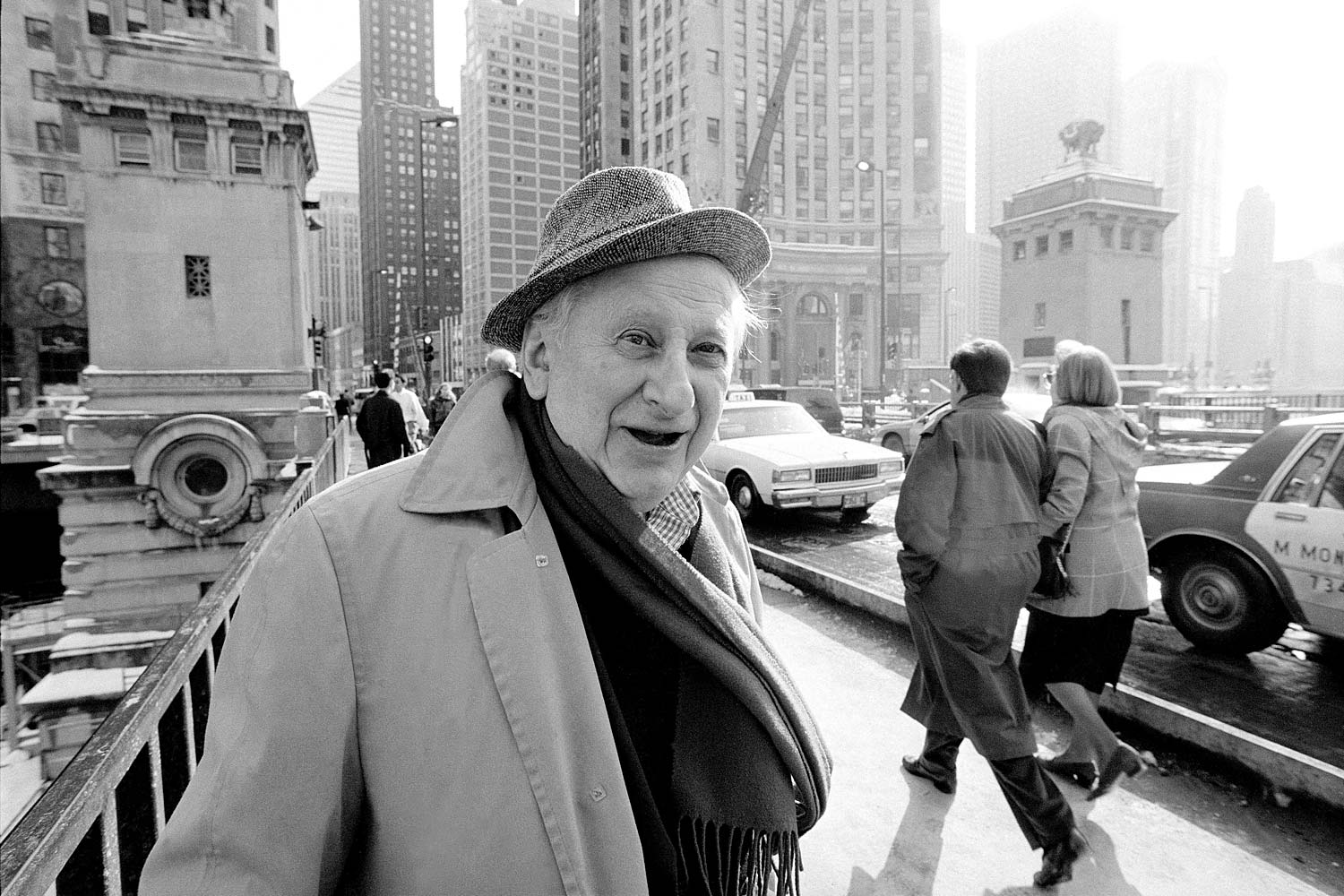1. The Best Bars in Chicago…
From the best place to close a business deal to the best to bring your kid, here’s where to drink in 2015. Chicago magazine assembles its favorites.
2. Pops Staples’s Belated Finale
Mavis Staples and Jeff Tweedy teamed up to finish the Staples Family patriarch’s final album, left incomplete when he died in 2000. The New Yorker describes the process.
3. For Better Crime Prevention, a Dose of Science
On the city’s South Side, the University of Chicago’s Crime Lab is searching for solutions—and just opened up an office in New York. The New York Times looks at their work.
4. A Mind-Bending Game Being Designed In the Open
Relativity, a “first-person exploration-puzzle game,” has gained notice thanks to its transparent development process. Wired profiles Willy Chyr’s forthcoming work.
5. On Common Ground
Christina Kahrl came out as transgender as her sportswriting career was taking off. And… it went fine. What excuse do other industries have? She recounts her career so far in the University of Chicago Magazine.
6. Studs Terkel’s 1963 Train Ride to Washington
Chicago’s legendary oral historian traveled to the March on Washington, taking others’ stories as he went. WBEZ goes back to his recordings.
7. Teen’s Death a Second Tragedy for Family Trying to Escape Violence
After her 13-year-old son was killed, a Chicago woman changed neighborhoods to escape the violence. Almost 15 years later, she lost a second son miles from their new home. The Tribune tells her story.
8. The New Jocks on Campus
Robert Morris University has the nation’s first varsity video game team—or, at they call it, eSports. Chicago magazine goes into their locker room.
9. Why One Chicago School Decided to Speak Up on Race and Justice
Near North Montessori School’s “Race and Justice Letter to Parents” directly addresses the stories of Eric Garner and Michael Brown. One of those parents explains in Quartz.
10. Yoko Ono and Project 120 Collaborate to Reimagine Chicago’s Jackson Park
The park will be restored to something closer to Frederick Law Olmsted’s original vision—plus the first public commission for the artist and musician. ArchDaily previews the changes.



